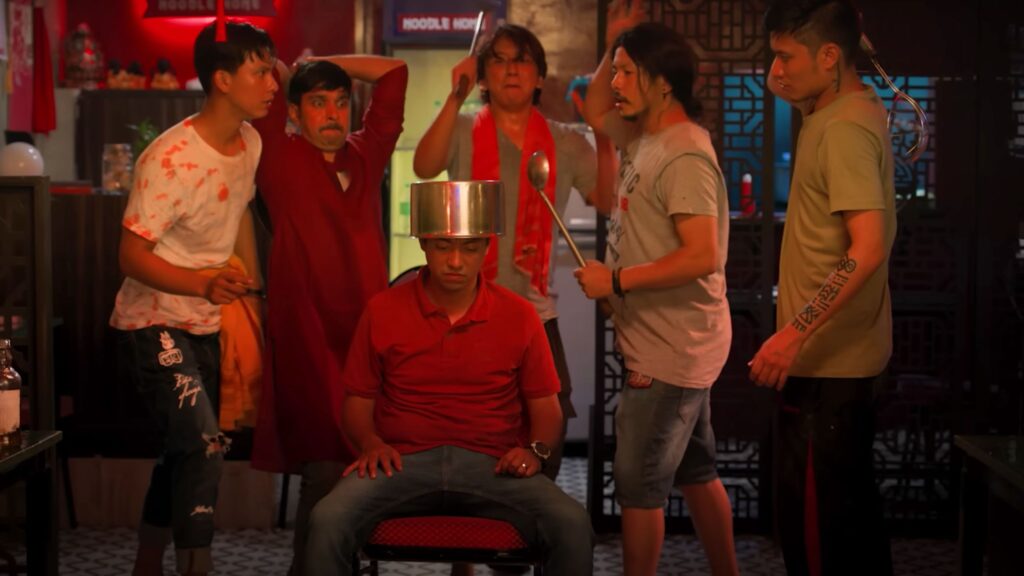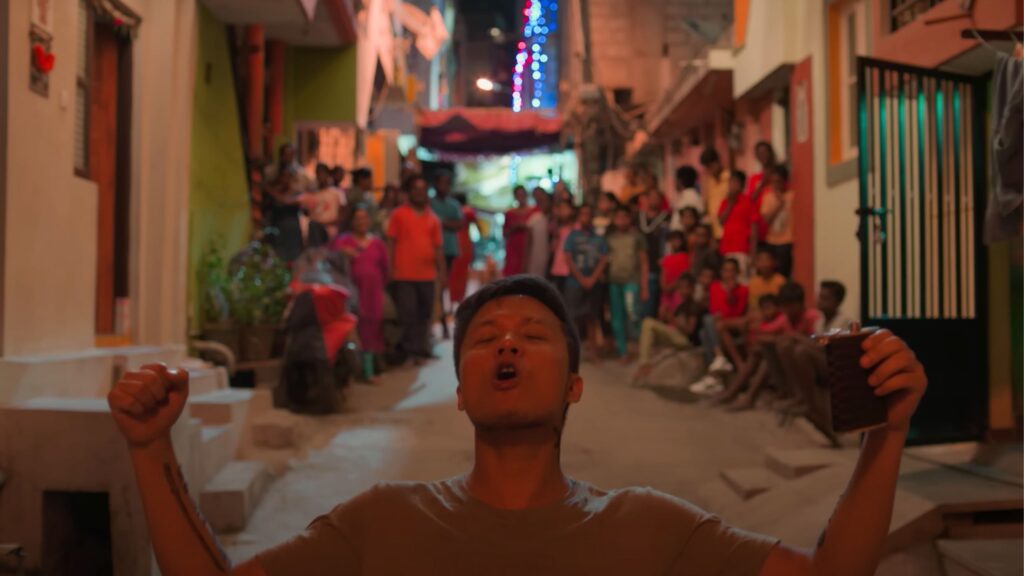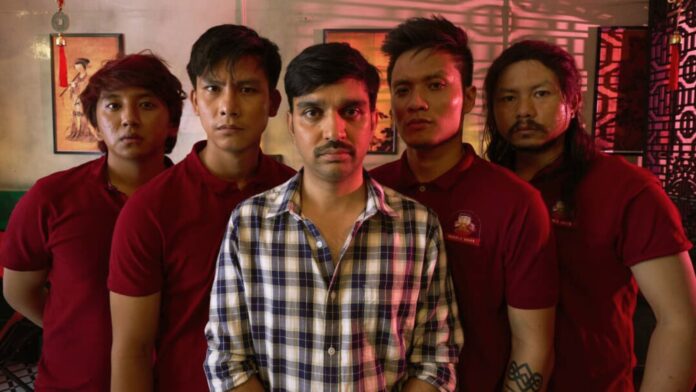Chilli Chicken is an intense drama film with an intriguing plot centered around the multifaceted issues faced by migrant labor workers from North-East India. The film poignantly addresses the racism experienced by these individuals, highlighting the widespread practice of stereotyping North-Eastern Indians as Chinese and employing them in Chinese restaurants in Bangalore and other cities to enhance authenticity. This core theme resonates deeply, as it reflects a common and recognizable form of discrimination. However, the movie delves even further, exploring additional layers of challenges and narratives faced by this community, making it a compelling and thought-provoking piece.

Five migrant workers from the North East—Ajoy, Khaba, Jason, Jimpa, and Ranjoy—work for Adarsh, the struggling owner of a second-rate restaurant. Adarsh, disinterested in his current establishment, “Noodle Home,” is fixated on his dream of opening a fine dining restaurant, “Noodle Palace,” by any means necessary. His obsession blinds him to the needs and well-being of those around him, including his employees, who become increasingly disengaged and perform their tasks half-heartedly due to his negligence and lack of empathy.

As mentioned earlier, the movie presents multiple reality checks, depicting not only the workplace challenges but also the pervasive sense of threat felt by migrants in their neighborhoods. It highlights how employers fail to provide basic living facilities and how law enforcement often neglects the needs of migrant communities. Many of these concerns are directly addressed through a character named Anu, who is the girlfriend of one of the employees, Ajoy. Anu’s social media videos articulate these issues, serving as a conduit for the film’s critical messages and encouraging the audience to reflect on these pressing social problems.

The movie presents a much-needed storyline, culminating in a powerful resolution that affirms the real identities of North-Eastern Indians by addressing them by their names and showcasing authentic cultural dishes instead of the stereotypical “Chilli Chicken.” Additionally, the restaurant is renamed from “Noodle Home” to “Seven Heaven,” reflecting this cultural shift. However, like the character Adarsh, who is so fixated on his grand aspirations that he overlooks crucial details, the film also suffers from a promising concept that required better screenplay and execution to reach its full potential.

Throughout the movie, Adarsh’s employees converse in Kannada and English, reflecting the linguistic diversity arising from their different mother tongues. The mention of the Cheiraoba festival, celebrated by some employees but not others, along with the inclusion of mixed-language songs, adds further cultural depth. This mirrors the historical discrimination faced by South Indians, often labeled as “Madrasi,” and the long journey to recognize the distinct identities of Kannadigas, Telugites, Malayalis, and Tamilians. Similarly, films like this are essential for embracing and respecting our North-Eastern community, fostering love and understanding for their unique cultural heritage.













